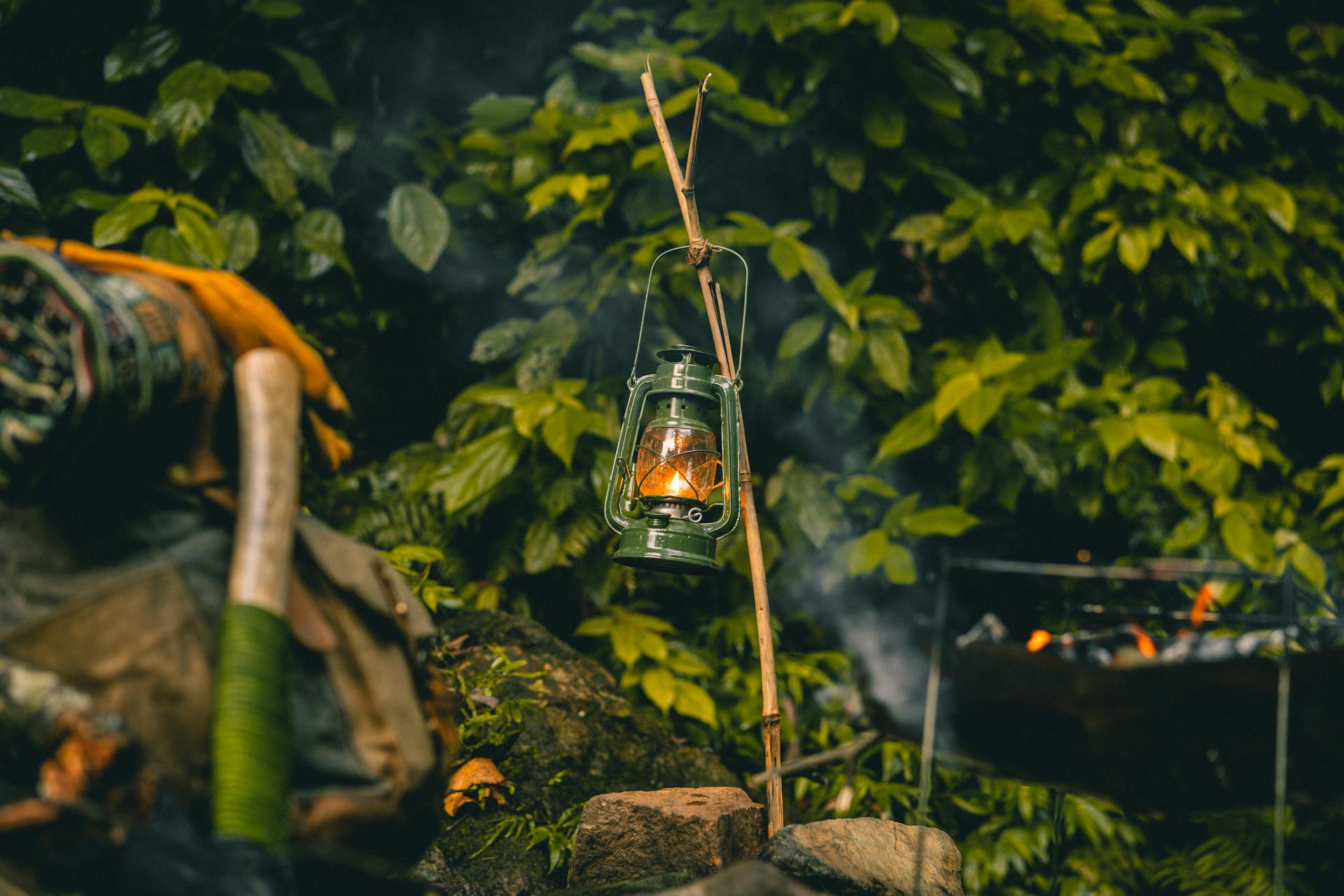Venturing into the wilderness can be a rewarding and exhilarating experience. However, to ensure your safety and success in the great outdoors, it’s crucial to be well-prepared. This guide covers essential survival gear and skills that every patriot should have in their arsenal.
Essential Outdoor Survival Gear
1. Shelter and Sleeping Gear:
- Tent or Tarp: Choose a lightweight, durable tent or tarp to protect yourself from the elements. A good shelter is crucial for maintaining body temperature and staying dry.
- Sleeping Bag: Opt for a sleeping bag rated for the lowest temperatures you might encounter. It should be lightweight yet insulating.
- Sleeping Pad: A sleeping pad provides insulation from the cold ground and adds comfort to your sleep setup.
2. Fire-Starting Tools:
- Matches or Lighter: Waterproof matches or a reliable lighter are essential for starting a fire.
- Firestarter: A ferrocerium rod or magnesium firestarter can ignite a fire even in wet conditions.
- Tinder: Carry tinder, such as cotton balls soaked in petroleum jelly or commercial firestarter cubes.
3. Water Filtration and Storage:
- Water Filter: A portable water filter removes harmful bacteria and protozoa from natural water sources.
- Water Purification Tablets: These tablets can purify water by killing bacteria and viruses.
- Water Bottles or Hydration Bladders: Durable containers to store and carry your water supply.
4. Navigation Tools:
- Map and Compass: A detailed topographic map and a reliable compass are vital for navigation.
- GPS Device: A handheld GPS device can provide additional navigation support but should not replace traditional tools.
5. First Aid Kit:
- Comprehensive Kit: Include bandages, antiseptics, pain relievers, and any personal medications.
- Emergency Blanket: A lightweight, reflective blanket that helps retain body heat in emergencies.
6. Food and Cooking Equipment:
- Non-Perishable Food: High-calorie snacks, dehydrated meals, and energy bars provide essential nutrients.
- Cooking Stove and Fuel: A compact, portable stove and fuel canister for cooking meals and boiling water.
- Cookware: Lightweight pots and pans for preparing food.
7. Clothing:
- Layered Clothing: Base layers, insulating layers, and waterproof outer layers to adapt to changing weather conditions.
- Hat and Gloves: Protection for your extremities from the cold.
- Sturdy Footwear: Waterproof, durable hiking boots provide support and protection.
Essential Outdoor Survival Skills
1. Building a Shelter:
- Site Selection: Choose a location that is dry, elevated, and protected from the wind.
- Construction: Use available materials like branches and leaves to build a sturdy, insulated shelter.
2. Fire-Starting:
- Gathering Materials: Collect dry tinder, kindling, and fuel before attempting to start a fire.
- Building a Fire: Construct a fire lay, such as a teepee or log cabin, to ensure proper airflow.
- Ignition: Use fire-starting tools to ignite the tinder and carefully add kindling until the fire is established.
3. Finding and Purifying Water:
- Locating Water Sources: Identify natural water sources like rivers, streams, and lakes.
- Purification Methods: Use water filters, purification tablets, or boil the water to remove contaminants.
4. Navigation:
- Map Reading: Understand topographic maps and learn how to interpret terrain features.
- Using a Compass: Master the use of a compass for orienteering.
- Natural Navigation: Utilize the sun, stars, and landmarks to find your way.
5. Foraging and Identifying Edible Plants:
- Knowledge of Local Flora: Learn to identify safe, edible plants in your region. Avoid plants with milky sap, white berries, or a bitter taste.
- Insect Foraging: Insects like ants and grasshoppers are protein-rich options. Avoid brightly colored or hairy insects, as these can be toxic.
6. First Aid and Injury Management:
- Wound Care: Clean and dress wounds to prevent infection.
- Treating Hypothermia and Heat Stroke: Recognize the signs and know how to respond.
- Basic CPR: Familiarize yourself with CPR and other life-saving techniques.
7. Signaling for Help:
- Visual Signals: Create large, visible signals using rocks, branches, or clothing.
- Auditory Signals: Use a whistle or create noise to attract attention.
- Fire Signals: Build three fires in a triangular pattern, the international distress signal.
8. Mental Preparedness:
- Staying Calm: Remain composed and avoid panic in stressful situations.
- Adaptability: Use available resources creatively to solve problems.
- Positive Attitude: Maintain a hopeful outlook and determination to survive.
Conclusion
Equipping yourself with the right gear and mastering essential survival skills can greatly increase your chances of success in the wilderness. Whether you are exploring for leisure or preparing for unforeseen circumstances, these tools and techniques are invaluable. Embrace the spirit of adventure, but always prioritize safety and preparedness. Stay vigilant, stay safe, and enjoy the great outdoors with confidence.
Happy trails, and may your adventures be filled with discovery and resilience!


Leave a Reply